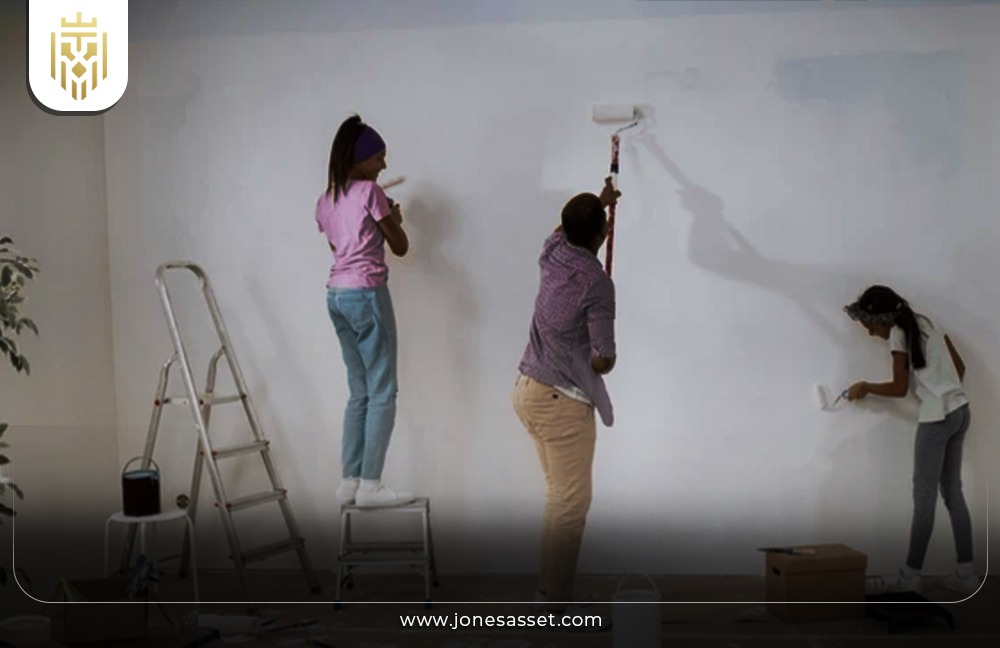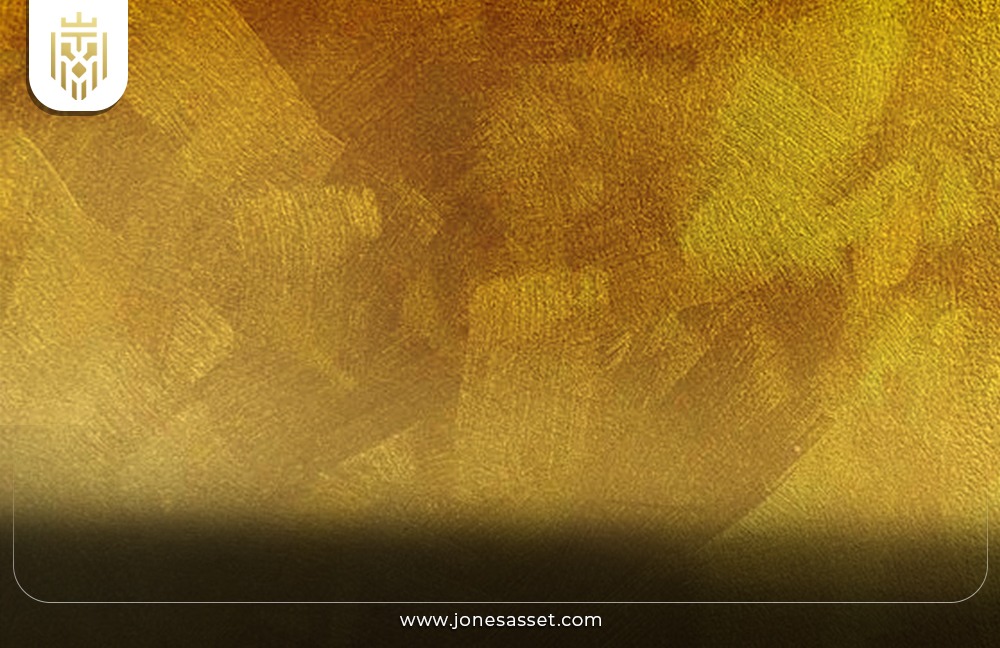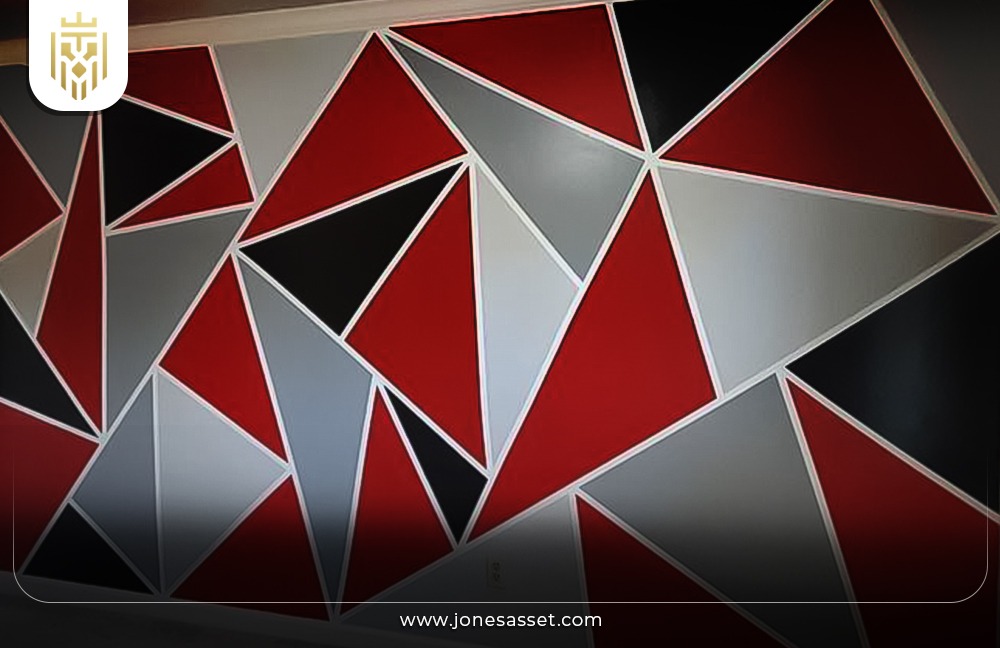The colours of a room play a significant role in maximising its aesthetic appeal, and it also enables visibility of objects in the room due to its level of light reflection. The resident can choose colours that they resonate with the most, and apply them at suitable areas in suitable combinations to express one’s emotions and vibes most effectively. We shall go further to understand their profound impact on the human psyche and perspective:
Exploring the Impact of Interior Wall Paint Design:
Colours play a significant role in everyone’s lives, as they have properties that leave a significant impact on people’s flow of thoughts and emotions.
Why Interior Texture Paint Matters in Home Decor:
Textures are the perfect finishing touch to a wall painting, as they add a new visual weight to drawing eyes more easily and increase visual depth. It impacts the distribution of light and generates either a warm or cool tone for the interiors.
Choosing the Right Interior Wall Paint:
Accompanying the right texture is the right colour that massively contributes towards setting the eventual mood of the house. Specific hues are combined to provide the desired mood boost that enhances the resident’s physical, mental, and emotional comfort.
Selecting Colours for Your Interior Wall Painting Project:
The millions of options that pose while selecting the ideal colour palette for your interior wall paint design can be easily overwhelming. However, developing an understanding of colour science and its influence on everyone’s daily lives enables one to choose the ideal colour to apply in the ideal proportions. This contributes massively toward resetting the individual’s mental health to a table mode after a bad day.
Exploring Different Paint Finishes and Textures:
One needs to understand their own moods and their frequencies, and based on these results, one must choose colors and textures that ensure the resident maintains a calm and composed mindset for the duration of their stay. The ideal texture enhances the mood and adds depth to the interiors.
Considering Eco-Friendly Options for Interior Painting:
Implementing the perfect paint palette with the right texture should not come at the cost of our ecosystem’s existence. Paint contains organic solvents like alcohols, aliphatic compounds, and xylene, which are considered toxic to human and animal life. The eco-friendly options contribute towards better air quality and are more environmentally sustainable.
Creative Interior Wall Paint Design Ideas:
In addition to the right colour and texture, the right wall design can enhance the interior’s aesthetics, giving it an unforgettable look. The wall is the ideal canvas for a human to convey his ideas and emotions with colour and design, reflecting the individual’s personality and vibes. Below are some design ideas that can be combined to produce something unique:
Accent Walls: Adding Drama and Dimension:
The accent wall grabs attention by simply standing out with a different shade or pattern. It gives the room a decorative flair that adds excitement, which can change the size, shape, and feel of a room.
Geometric Patterns: Infusing Modern Flair:
Geometric Patterns enhance the interiors as decorative designs with simple and clean lines, making them an ideal enhancer for a minimalist aesthetic-based interior. Their simple pattern schemes produce a complex display of colours that are visually appealing.
Ombre Effects: Blending Colours for a Gradient Look:
The ombre effect is a fascinating colour technique that smoothly blends one colour into another, resulting in a mesmerising visual experience. It can be used to create a warm sunrise or a cool water effect, among other things.
Stencilling: Adding Intricate Details to Walls:
Stencilling is a great technique and interior decoration tool that is very helpful in creating intricate and accurately shaped patterns. It involves applying paint over patterns cut out on a material which prints the design onto the wall.
Murals and Wall Art: Personalising Your Space:
Murals and Wall art are created to express one’s artistic vision, and they can include sceneries, human interactions, and other topics. The residents can share their individual stories and interests by combining various art styles to be painted on the wall.
Tips and Techniques for Interior Wall Painting:
The following points are tips that improve the quality of wall painting:
Preparing Your Walls for Painting:
This process is crucial to ensure the finished painting stays smooth both in appearance and touch. It ensures the paint adheres well to the surface, preventing cracking, peeling, or flaking.
Choosing the Right Tools and Supplies:
The right tools and supplies need to be selected depending on the size of the area to be coloured. It is cost-effective and helps with producing the desired result. In addition, painting tools come in various shapes and sizes, and the wrong size can result in either too little or too much paint being used.
Applying Paint with Brush, Roller, or Sprayer:
The brush, roller, and sprayer are great tools for painting ideas out, and they have to be utilised appropriately, depending on the surface area and type of design being painted.
Creating Clean Lines and Professional Results:
A tried-and-tested method of painting straight lines is with the utilisation of masking tape, whose properties prevent paint from overspilling into the covered area while the lines are cleanly painted with almost no defect.
Inspirational Interior Wall Paint Design Gallery:
The above-listed varieties of designs only scratch the level of depth to be explored in the world of colours and patterns. The individual can generate countless combinations that generate a brand-new perspective and a way to enhance the interiors.
Classic and Timeless Designs:
This is a great option to consider, as the colour combinations and designs under this category have been there since time immemorial, and shall continue to remain relevant. These designs tend to rather adhere to the classic principles of quality, balance, and beauty over trends.
Bold and Dramatic Choices:
Accent Wall stands as a prominent example of a bold and dramatic choice. These choices are leveraged to highlight a usually hidden part of the room and give a striking personality with a contrasting colour and pattern.
Serene and Tranquil Spaces:
Serene and Tranquil spaces are products of the unique combination of minimalism and nature. It utilises the theme of tranquillity with a soundscape of natural sounds and low levels of man-made noise, which makes the residents resonate with the space.
DIY Interior Wall Paint Design Projects:
Companies like Jones Interiors send in a team of professionals who brainstorm and neatly implement unique ideas and combinations with a clearness that reflects the owner’s thoughts and emotions. However, for those desiring to indulge in the activity themselves, here are a few useful ideas that enhance your interiors:
Faux Finishes: Creating the Look of Texture:
This technique imprints texture and nuance by replicating the visual appearance of surfaces such as striped wallpaper, suede, or marble. Techniques such as sponge rolling and colour washing rag rolling are implemented.
Colour Blocking: Adding Visual Interest with Blocks of Colour:
This interior design involves solid blocks of colour being added onto the already-painted walls to create bold statements. These blocks of colours usually contrast the painted walls to highlight a certain area for a certain reason.
Metallic Accents: Adding Shine and Glamour to Walls:
This adds a shiny visual texture to the interiors, displaying a royal look and staying as a dazzling focal point in any space. In addition to using colours like silver or gold. placing decorative pieces such as vintage mirrors, vases, and aesthetic candle holders.
Maintaining and Refreshing Interior Wall Paint:
On-time maintenance of interior wall paint keeps the aesthetic appeal of the interiors, improves air quality, and boosts the home’s overall value. In addition, a fresh coat of paint helps waterproof the walls and protect them against moisture and mould. In addition, these tips can enhance the quality of the wall painting:
Cleaning and Care Tips for Painted Walls:
The walls can accumulate dust, dirt, and stains over time, which reduce the quality and appearance of the room’s interiors. Cleaning the walls on a regular basis with a soft or microfiber cloth makes it easier to maintain the room’s aesthetic appeal.
Touching Up Paint for a Fresh Look:
The walls tend to accumulate scratches, scrapes, and even paint chips. One should ensure the area is clean and dry, then sandpaper must be rubbed upon it to smoothen out any unevenness. Once done, then the touch-up process must be followed with a small brush.
Changing Wall Colors: When and How to Repaint
Ideally, one repaints the room wall every five to seven years to ensure its freshness is maintained. Cleaning and sanding the walls slightly vastly improves its surface area, making it smooth enough to allow its repainting.
FAQs
-
Which type of paint is best for interior walls?
Some of the most popular paints used are: Enamel, Emulsion, Flat, Eggshell, and Satin are ideal for painting walls.
-
What is the best colour for interior walls?
Depends on one’s mood, as it can be blue, orange, cream, ivory, yellow, green, and more. A key tip to remember is the lighter shades work better as light reflects off them better, brightening the room in the process.
-
What are the best textures for interior walls?
Some of them include: Knockdown, Sand, Comb, Rustic, Popcorn, Brick, Skip Towel, and Marble.






